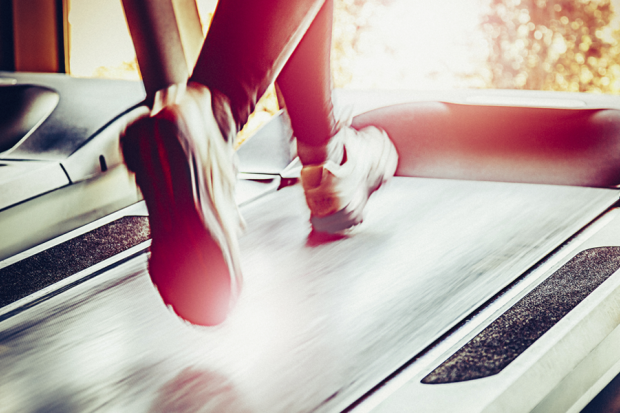Being Buzzed About Vibrating Insoles Set To Shake Up Athletic Footwear Industry
New studies show that buzzing insoles help improve balance and agility in people of all ages, meaning they could be the next big thing in the sports world as well as in the athletic footwear industry.
It’s already been shown that insoles that buzz the soles of the feet can improve balance in seniors, but new studies prove that vibrating insoles — which may be headed to the market soon — can also help athletes and young people avoid trips, injuries and falls, as well as improve their balance and agility.
How Vibrating Insoles Can Help Athletes As Well As The Elderly
Harvard’s Wyss Institute for Biologically Inspired Engineering University published two studies in the summer of 2016 that show vibrating insoles improve balance in those who are fatigued and also help improve overall agility — regardless of age. Meanwhile, a study published in Medicine & Science in Sports & Exercise journal showed that study participants undergoing strenuous activity while wearing buzzing insoles adjusted their strides in a way that typically improved overall balance. This means that shoe inserts that vibrate can help improve an athlete's performance as well as reduce trips and falls in anyone prone to injuries.
How Vibrating Insoles Work; Why Athletes Will Want To Wear Them
Vibrating shoe insoles use a process called “stochastic resonance” (SR) to deliver white noise across a spectrum of frequencies — a process the wearer does not feel at all, but still responds to, as the vibrations “pre-sensitize” the nerves and cause the person to subtly adjust his or her gait and show enhanced performance while walking. As a result, the person wearing the vibrating insoles uses less energy to perform certain tasks.
“If you have a cup with a ball in it, and you hit the bottom of the cup, the chance that you’ll have enough energy to move ball out are low,” explains Daniel Miranda, Wyss Institute Technology Development Fellow and one of the authors of the two studies. “If you add noise, shake it around, so the ball is moving around, now can see amount of energy required to get ball out is much less.”
Lucky for athletes and others who’d like to improve their balance, the Wyss Institute just signed a licensing deal with an undisclosed company they hope will develop the device and bring it to the market, reports the Boston Business Journal.
“Now it’s out of our hands,” Miranda says. “We’ve translated the tech to the point where a company can take it further. We’re really excited.”
Notice concerning medical entries:
Articles having medical content shall serve exclusively for the purpose of general information. Such articles are not suitable for any (self-) diagnosis and treatment of individual illnesses and medical indications. In particular, they cannot substitute for the examination, advice, or treatment by a licensed physician or pharmacist. No replies to any individual questions shall be effected through the articles.






